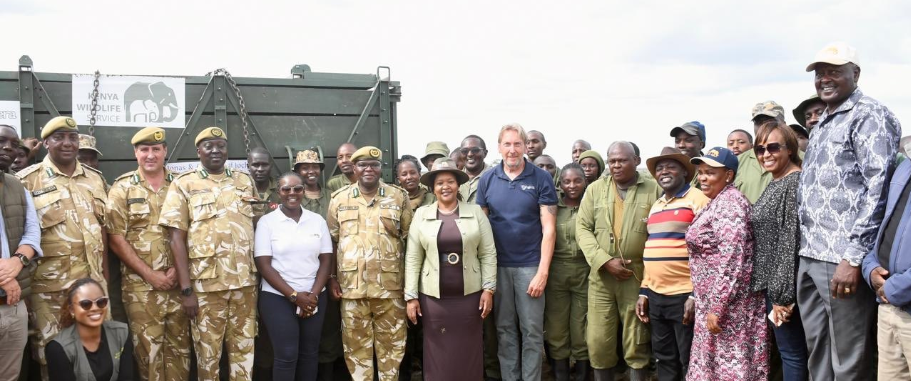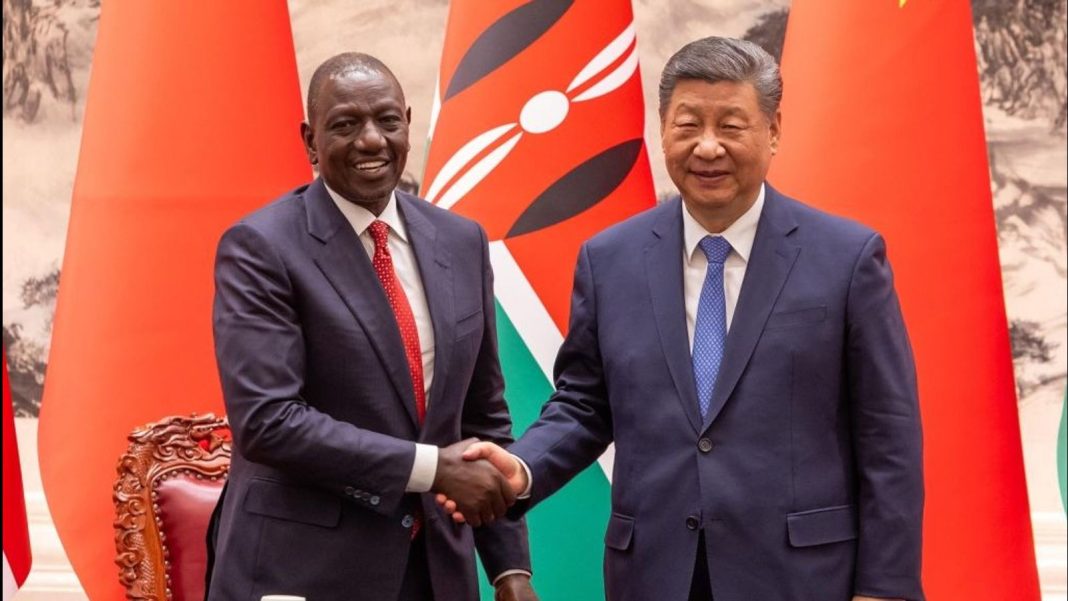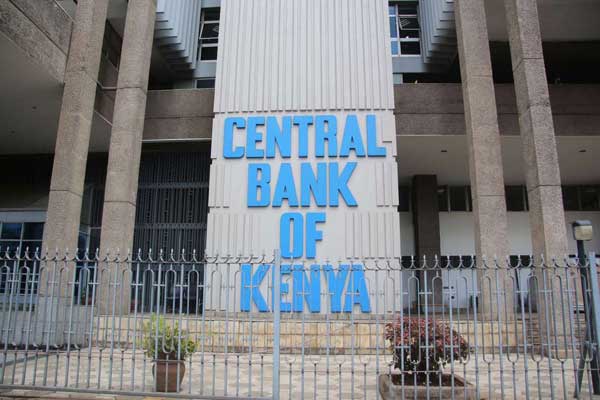The Kenya Wildlife Service (KWS) is seeking public support for proposed new park access fees aimed at strengthening conservation efforts and addressing a Sh12 billion annual funding shortfall.
Under the Draft Wildlife Conservation and Management (Access and Conservation Fees) Regulations, 2025, park fees for national parks, marine reserves, sanctuaries, and conservancies may increase for the first time in nearly two decades.
Speaking during a public participation forum held at Nakuru’s Old Town Hall, KWS Central Rift Senior Assistant Director Gideon Kebati said the revisions are part of a broader strategy to ensure sustainable financing for wildlife conservation.
“The current fee structure has remained unchanged since 2007,” Kebati said. “Yet over that time, we’ve seen inflation, rising operational costs, shifting visitor expectations, and increasing threats to biodiversity.”
Kebati emphasized that the move was not just about raising revenue but building a self-sustaining model to support habitat restoration, wildlife security, community compensation schemes, and conservation education.
KWS says more than 90% of its internal revenue is generated from tourism-related activities. In the 2024/25 financial year, the agency brought in Sh7.92 billion, well below its Sh19.79 billion requirement, leaving a yawning gap that threatens both conservation programs and the livelihoods of over one million Kenyans who depend on the wildlife economy.
KWS Director General Prof. Erustus Kanga has warned that without additional funding, the agency’s ability to respond to poaching, human-wildlife conflict, and environmental degradation will be severely hampered.
If approved, East African Community (EAC) citizens would pay Sh1,500—up from Sh860—to access Amboseli and Lake Nakuru National Parks. Entry to attractions such as the Nairobi Orphanage, Safari Walk, and Kisumu Impala would rise to Sh300 from the current Sh215 for EAC citizens, and to Sh3,250 from Sh2,860 for non-residents.
Kebati said that compared to other countries in East and Central Africa, Kenya remains competitively priced despite offering a superior product.
“We are the best, yet the cheapest. Our competitors portray us as expensive, but that’s not true,” he said, defending the adjustments.
He also noted that Kenya is the only country in the region where victims of wildlife attacks are compensated—a testament to the agency’s commitment to citizen welfare.
The review aligns with KWS’s 2024–2028 Strategic Plan, which aims to reduce dependency on the National Treasury and align Kenya’s conservation financing with global best practices. An impact assessment guided the new pricing model, with revenues projected to rise to Sh16.58 billion by 2028.
KWS has also introduced new tourism products to enrich visitor experiences. These include helicopter tours, night game drives, water sports, balloon safaris, and a wildlife translocation experience where tourists participate in animal relocation. Some of these will be implemented in partnership with the private sector.
Additionally, a new visitor category under the African Continental Free Trade Area (AfCFTA) has been created to tap into the potential of a visa-free Africa.
Public reaction during the Nakuru forum was mixed. Some residents urged KWS to match the fee increases with better services.
Tour operator David Nyange supported the proposed increases, citing economic realities, but warned against short-term revenue gains that could harm long-term perceptions and accessibility.
“Wildlife tourism is not a luxury, it’s central to Kenya’s national identity. KWS should enhance visitor experiences and connect emotionally with guests. That’s how we tell Kenya’s story,” he said.
Nyange also called on policymakers to ensure the revised fees don’t undercut the national goal of attracting 5.5 million international tourists annually by 2027.
If the proposed changes pass, KWS expects nearly double its annual revenues by 2028, ensuring better protection for Kenya’s iconic wildlife and economic sustainability for communities that rely on tourism.







jisaq0